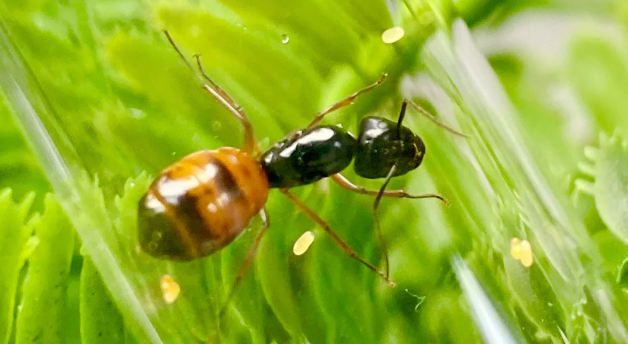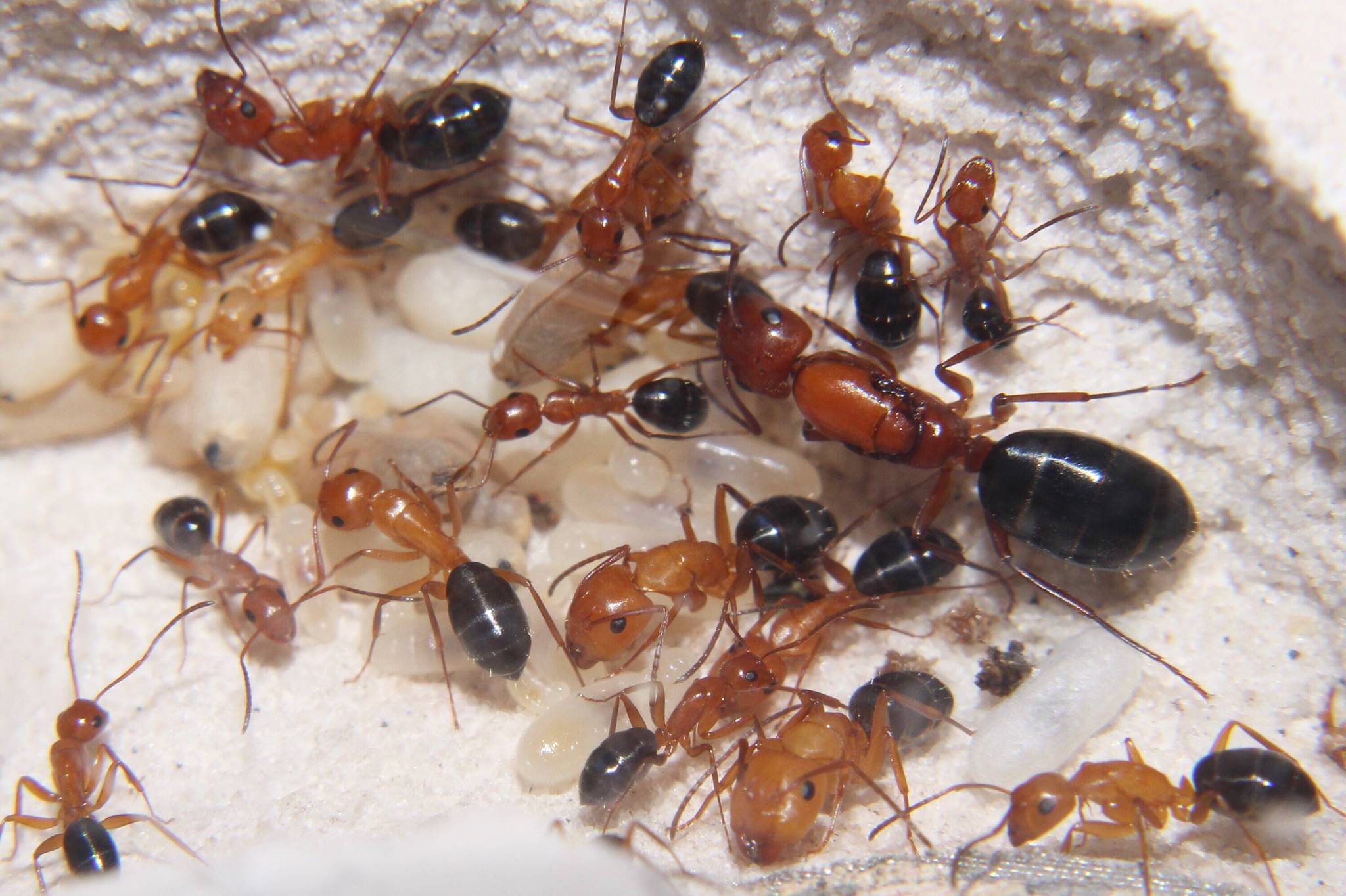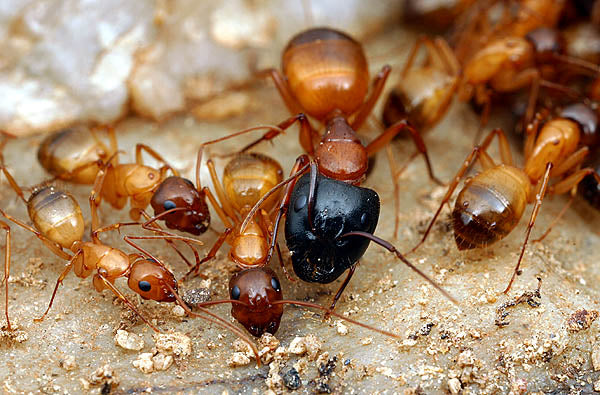These are different modes of reproduction that occur in ant colonies.
1. Reproduction via Monogyny (Solo Queen)
A colony has only one queen that is responsible for laying all the eggs. The workers within the colony take care of the eggs and care for the larvae until they mature into adult ants.

This mode of reproduction is common in many ant species, and it is often considered to be the most efficient for the colony. The queen ant is able to focus all of her energy on laying eggs, which results in a higher rate of egg production and a faster rate of colony growth. Additionally, having a single reproductive female helps to reduce the risk of conflict within the colony over mating and reproduction rights.
However, the downside to monogyny is that it can be vulnerable to the death or injury of the queen ant. If the queen ant dies, the colony may be unable to replace her and will eventually die out. Additionally, the colony may be susceptible to infestations or diseases that affect the queen ant, as there is no redundancy in the reproductive system.
2. Reproduction via Polygyny (Multiple Queens)
A colony has multiple queens and each queen is responsible for laying eggs. This is usually seen in larger ant colonies.

Each queen is capable of laying eggs and contributing to the growth and expansion of the colony. This type of reproduction is most commonly seen in larger ant colonies, where the presence of multiple queens helps to ensure that there is a sufficient number of eggs being laid to support the colony's growth and maintain its size. Additionally, having multiple queens can also help to spread genetic diversity within the colony and reduce the risk of inbreeding.
However, having multiple reproductive individuals in a colony can also lead to conflict and competition between the queens, which can impact the overall health and stability of the colony.
3. Reproduction via Gamergate
Male ants leave their colony in search of a new queen to mate with. The male ants then start a new colony with the queen they mated with.

The males play a crucial role in colony founding. The term "gamergate" refers to the process in which male ants mate with a new queen and establish a new colony. The process usually starts when the original colony experiences a population boom, leading to a surplus of males and the production of new reproductive individuals. These male ants, also known as "winged males" or "swarmers," leave the original colony and fly in search of a receptive queen to mate with.
Once the males find a queen, they mate with her and establish a new colony. The queen lays eggs, and the colony begins to grow. The new colony is typically smaller than the original colony, but it has the potential to grow into a large and thriving colony in time.
Reproduction via gynogenesis is common in many ant species and is a crucial component of their reproductive biology. It allows ant colonies to spread and establish new colonies, which can increase their chances of survival and success in their environment.
4. Reproduction via Social Parasitism
One ant colony takes over another colony, often killing the existing queen and taking control of the colony and its resources. This is a common behavior among certain ant species, such as the aphid ant, which will invade and take over colonies of other ant species in order to use them as hosts for their own aphid herds.

5. Reproduction via Slave-Making
One ant colony enslaves another colony and forces the enslaved colony to work for them. The enslaved colony is often unable to reproduce, making the slave-making colony the primary source of reproduction.

Certain ant species will invade the nests of other ant species and steal their larvae. The larvae will then be raised as workers in the invading ant colony, essentially becoming "slaves" to the invading ants. The slave-making ants do not have their own queen, so the stolen larvae become the primary means of reproduction for the colony. This type of reproduction allows the slave-making ant colony to expand and grow without having to expend energy and resources on rearing their own young.
6. Reproduction via Branching
A colony splits into two separate colonies, with each colony having its own queen. This is often seen when a colony becomes too large and resources become scarce. The new colony, or the "branch," is formed when a group of ants, including a new queen, leave the original colony to establish a new nest. The new queen will then start laying eggs and the colony will grow and develop independently of the original colony. Branching is a common way for ant colonies to expand and increase their chances of survival.

7. Reproduction via Double Cloning
Refers to a reproductive strategy in some ant species where the queen splits the colony into two separate colonies, each with its own queen. The original queen and the new queen each lay eggs in their respective colonies, effectively creating two identical colonies with genetically identical individuals. This mode of reproduction is rare in ants and is only seen in a few species, such as the Argentine ant (Linepithema humile). Double cloning is considered to be a reproductive strategy that allows the ant colony to spread and colonize new territories quickly.
Regardless of the specific method of reproduction, the goal of ant reproduction is to ensure the survival and growth of the colony. By dividing the reproductive responsibility among different members of the colony, ants are able to maximize their resources and increase their chances of survival.
For more detail questions, just give us a call: (415) – 690 - 7377
or email: plantedants@gmail.com
Be sure to check out: http://www.antscanada.com/shop/the-ultimate-ant-keeping-handbook-e-book/









Leave a comment
This site is protected by hCaptcha and the hCaptcha Privacy Policy and Terms of Service apply.